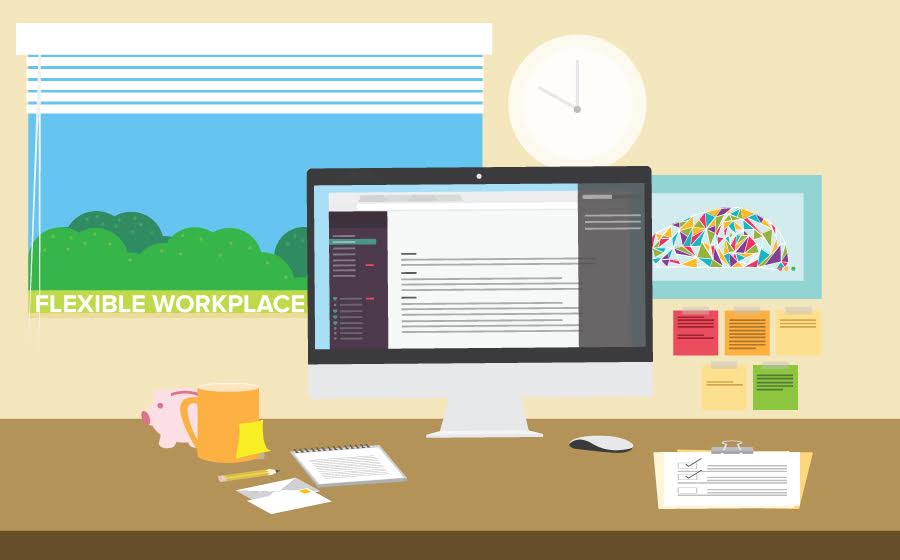In HBO’s sleeper hit Silicon Valley, we follow the trajectory of fictional tech startup Pied Piper. Starting as a one-man-show, Pied Piper soon rises in the ranks and requires an entire team of people for daily operations. As the Pied Piper team navigates the sometimes-choppy waters of workplace relations, we see what they’re doing wrong–and what they’re doing right.
The Pied Piper offices are anything but the stiff and formal workplace you might see on other shows and movies. From day drinking to treating responsibility as a revolving door, the idea of the flexible workplace has merit. While it might not be as dramatic as Silicon Valley, instituting a culture where employees feel free to share the responsibility and solve conflicts together could have award-winning results, especially where L&D is concerned. Here’s why.
- Flexibility allows employees to learn on their own terms.
Flexibility can mean anything from a less-traditional schedule to doing away with the typical rank and file that plagues successful businesses. Either way, being flexible encourages employees to seek answers for themselves, better their credentials, and overall work to become shareholders in the organization’s success. When they’re not just punching a time clock, employees’ time is less likely to be eaten up by mandatory training and learning that simply doesn’t apply to them as individuals. Though there is something to be said for a corporate training environment.
- A flexible workplace makes employees less afraid of failure.
When a company’s culture can only be described as “unyielding,” employees are terrified to trip up. After all, rigid workplaces are quick to assign blame and issue reprimands for the occasional mistake. Instead, imagine a flexible workplace a la Pied Piper: With each employee on equal ground, making a mistake or failing becomes a learning experience. Instead of “Why did you do that?” it’s more “What can we do to fix this together?” Less finger-pointing means spending less time dwelling on what went wrong and learning how to make it right again.
- Flexibility makes the most of everyone’s talents.
With the execs in the C-suite and the underlings timing their lunch breaks, it’s clear that everyone knows their place in the office with traditional, unaccommodating organizational structure. But when the lines of hierarchy are more flexible, it’s possible to reap the most benefit from each and every employee. When someone from the C-suite has a question, she can pull from the resources available to her from an entire organization of experts in their own rites. The teacher becomes the student–and vice versa.
No matter which industry your organization is attempting to dominate, a business needs to be–above all–adaptable. A flexible workplace doesn’t just mean letting employees start late or occasionally work from home: An organization is truly flexible and adaptable when it does away with the traditional pecking order and executive ego to adopt a more malleable approach to management. Only then are the benefits the stuff that primetime is made of.





